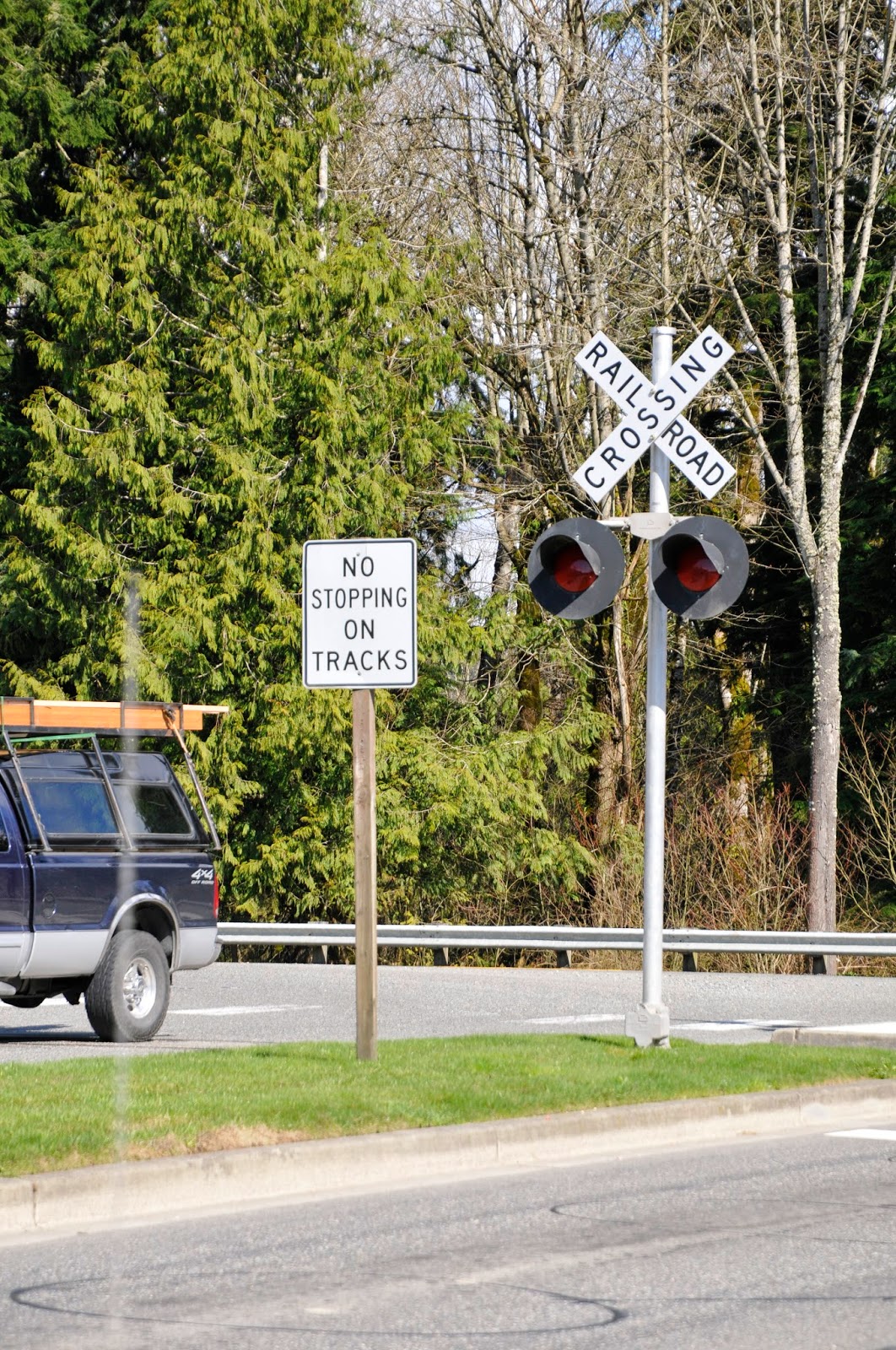 |
| Damaged sections are obvious but the method for replacement is not. |
A tree striking a bridge? Yes, that was the subject of a recent blog post. A very large tree struck and damaged formerly Northern Pacific's Bridge 35's trestle during a recent windstorm. Bridge inspectors allowed several trains to pass but stipulated that permanent repairs had to be undertaken right away. And as one of the largest objects in the Museum collection, how those repairs are performed is also critically important for collection care standards. So the Museum committed to completion prior to the start of the 2014 operating season using an experienced contractor and licensed engineer.
 |
| First of the timbers required to repair Bridge 35 arrived and were moved to the site using the Speedswing. |
 |
| Stringers under the timber deck are exposed during the pile cap replace- ment. |
 |
| Bridge deck is supported with blocking and a wide flange beam. |
 |
| Two new stringers were installed above the new pile cap. |
Total working time for the trestle repair was five days and was completed before the end of March; costs exceeded $25,000. Ideally, this would have been the extent of bridge work for 2014. However that was not to be and will be the subject of an upcoming blog post.
 |
| Damaged section is repaired! New ties have been installed and the track is about to receive new ballast. The new and existing ballast curb is shown on either side of the deck. |




